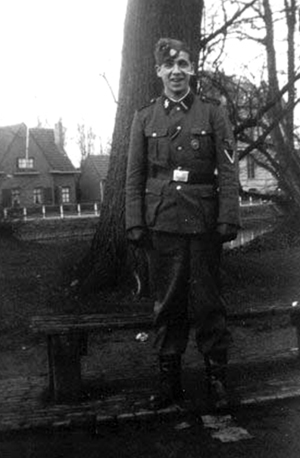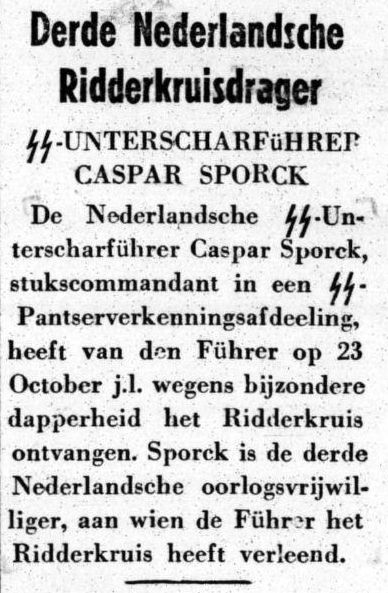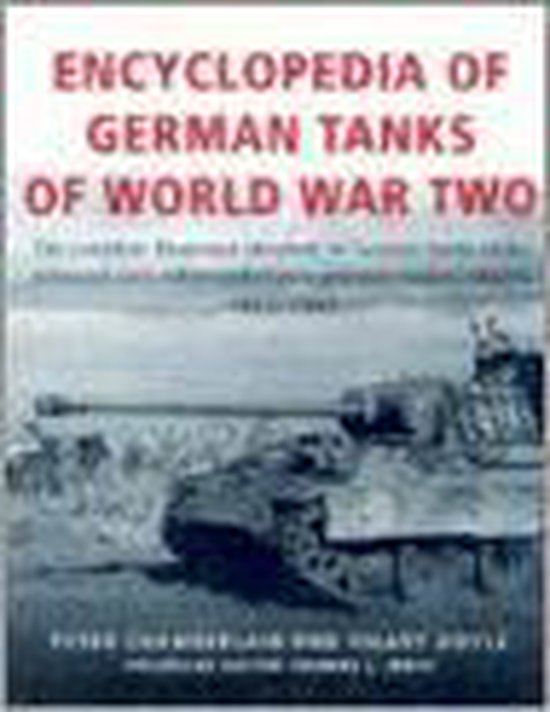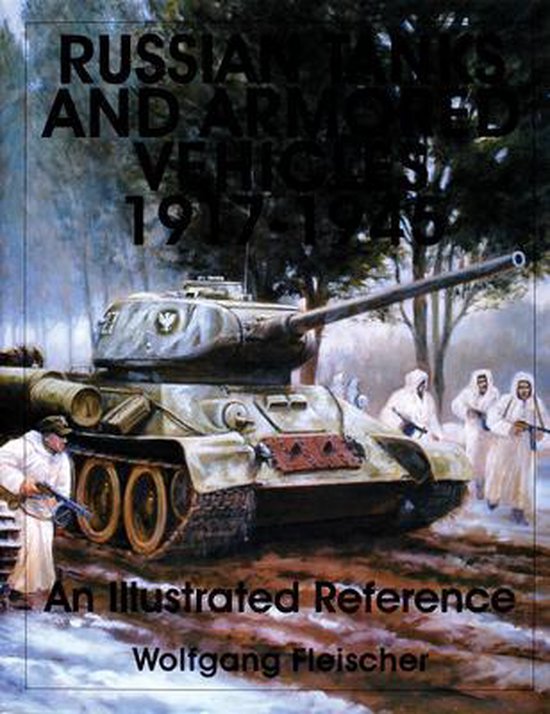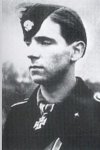Caspar Sporck (1922-1945)
Introduction
Caspar / Casper Sporck (1922 – 1945) was a non-commissioned officer of the Waffen-SS during the Second World War. He was awarded the German Knight’s Cross for his heroic actions. This is remarkable, because only three other Dutch people were given this medal. Sporck was awarded several other medals as well, including a medal for sustained injuries. About 22.000 to 25.000 Dutch volunteers joined the Waffen-SS during the Second World War.
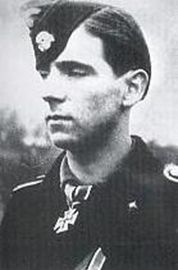
Caspar Sporck, one of the Dutchmen receiving the German Knight’s Cross. Source: WWII in South-Limburg
Family life and youth
Caspar Sporck’s father, Hubertus (Hubert) Wilhelm Sporck, was born in Wittem on July 4, 1892. On May 11, 1918, he married Johanna Margaretha Gerardina Ubachs, born in Meersen on June 10, 1893, and the couple resided in Wittem. Their first son, Mathias Hubertus, was born a year later, on March 23. Their second son, Gerardus Hubertus was born on April 2, 1921. On July 18, 1921, the family moved to Heerlen. A year later, on August 10, 1922, Caspar Antoine was born in Heerlen. Then Johanna and Hubertus’ first daughter, Maria Alphonsine Gerardina, was born on October 16, 1923. During the Second World War, Maria worked as a nurse in Hohenmölsen. On December 12, 1925, their second daughter Antoinette Josephine was born. On September 17, 1927, their fourth son, Louis Gerardus, was born. Less than a month later, on October 5, 1927, their 34-year-old mother passed away because of complications during Louis’ birth and he died several days later. Caspar Sporck was only 5 years old at the time.
In the Waffen-SS
Caspar Sporck, now living in Maastricht, volunteered to join the Waffen-SS when he was 19 years old. In Maastricht, people could register at the Waffen-SS at Saroleastraat 25. It is uncertain if Sporck had joined the Netherlands National Socialist Movement (Nationaal-Socialistische Beweging, NSB) as well. At the start of the war, the Waffen-SS maintained strict selection criteria: one had to prove one’s ‘Aryan’ roots. Despite the strict criteria, Sporck was approved and was trained at Sennheim in the Elzas (France). Sporck became a crewmember of an armoured vehicle, a ‘Sonderkraftfahrzeug’ (Sd.Kfz. in short) 251/9, which is a half-track vehicle (Halbkettenfahrzeug) with a short 75mm KwK 37 L/24 cannon. Sporck was SS-Schütze (soldier) at Standarte Nordwest, a regiment of the Waffen-SS consisting of Dutch and Flemish volunteers. The name of the regiment was changed on November 24, 1941, to Freiwilligen Legion Niederlande (Netherlands Volunteer Legion). Sporck fought in 1941 in the Soviet Union during Operation Barbarossa, during which he earned the Eastern Medal. On April 5, Sporck was wounded and taken to a hospital. He received a Verwundetenabzeichen, which was a medal for sustaining one or more injuries. On July 13, he was transferred from Lyck in Eastern Prussia to Bussum to recover from his wounds. On September 1, he was promoted to SS-Sturmmann. At the time, he was part of the 11. SS-Freiwilligen-Panzer-Grenadier-Division Nordland (5 Schwere Kompanie, SS Panzer-Aufklärungs Abteiling 11), a division consisting of Nordic, Danish, Swedish, and Dutch volunteers. In December 1943, Sporck was promoted to SS-Rottenführer, and fought again at the Eastern front against the Soviet army.
In 1944, Sporck was awarded the German Knight’s Cross for his ‘heroic actions’ at Gubanizy. Soviet tanks attacked the German lines, and Sporck took out eleven tanks with his Sonderkraftfahrzeug. On January 31, 1944, during the Battle of Narva and the Kingisepp-Gdov offensive, Sporck remained at his vehicle. He provided covering fire until dawn, and he was one of the last soldiers who managed to reach the German lines. He was nominated for the Knight’s Cross by Sturmbannführer Rudolf Saalbach on September 3, 1944. Sporck not only fought in the Soviet Union, but he also successfully fought in and around Dorpat (Tartu) in Estonia.
Choosing National Socialism
Sporck probably joined the Waffen-SS because of the NSB or Nazi propaganda. The adventure, comradery, the army as ‘second family’, and the pride of being part of an elite organisation were attractive aspects for the youth. The idea of protecting the Netherlands against the enemy (the Bolsheviks) could have played an important role as well. Some people in the Netherlands were convinced that Bolshevik hordes could attack Europe at any time, and many thought that violence was the only option for protecting the European culture. A combination of the aforementioned factors is also possible.
Attack of T-34 tanks
In June 1941, the Soviet Union first deployed the middleweight T-34 tank against German units. The Germans were shocked when their anti-tank grenades ricocheted off the tanks’ armour. In 1941, the T-34 was one of the strongest tanks in the world. The Germans did not have a single tank that could match the T-34’s weaponry and armour.
During the Soviet’s attack near Gubanizy on January 26, 1944, Sporck used an armoured tracked vehicle with a short (‘Stummel’, meaning stub) 75mm KwK 37 L/24 cannon. As mentioned above, Sporck destroyed 11 Soviet tanks with his vehicle, including T-34 tanks. It is unclear which types of tank were included: the T-34-76 or the T-34-85. In 1944, the Soviet army deployed an improved T-34. The T-34-85 had a long 85mm cannon, while the T-34-76 was armed with a shorter 76.2mm cannon. The T-34-85 also had a stronger armour than its predecessor.
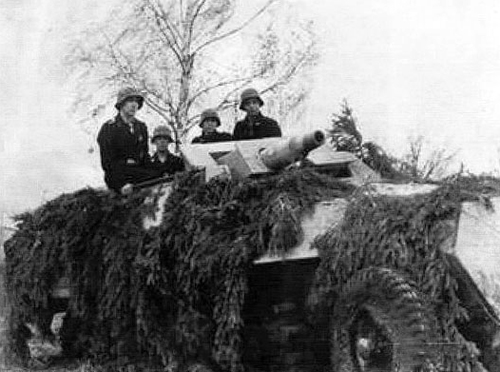
Sporck pictured with other crewmembers of his Stummel . Source: WWII in South-Limburg / Sporck family
The German 75mm L/24 cannon was not designed to destroy tanks: it was a small howitzer capable of firing high-explosive shells. The short 75mm KwK 37 L/24 weapon had little penetration ability: from 10 metres away, it could penetrate 54 to 56mm thick steel or 41mm at an angle of 30 degrees. The T-34-85 armour was 90mm thick at its strongest, located at the front of the dome. It is therefore likely that Sporck aimed at the side or the back of the T-34s. It is not known what kind of ammunition he was using, but most likely it was armour piercing grenades (‘AP’) or hollow charge shells (‘HEAT’). The hollow charge shells could penetrate 70 to 100mm steel. Since the armour piercing shells of the 75mm KwK 37 L/24 could only penetrate 54 to 56mm steel, it is unlikely that Sporck destroyed the T-34-85s by attacking the front. The front of a T-34-85 was armoured with 45mm angled steel, equivalent to 70 to 80mm steel vertically, and 90mm at the front of the dome. The older T-34-76 was armoured with 40 to 45mm angled steel (equivalent to 60mm vertical steel) and 45 to 60mm at the front of the dome. It is possible that Sporck used hollow charge shells to destroy the Soviet tanks. However, it is notable that the many Soviet tanks did not destroy Sporck’s lightly armoured vehicle. This can be explained by the common issues with the T-34s. The vision inside the Soviet tanks was not great, because bubbles had often formed inside the plexiglass. Many tanks also lacked radios, which hindered quick communication.
In several pro-German newspapers in the occupied Netherlands, Sporck was honoured for his actions. One of the papers stated:
"On October 23, 1944, the third Dutch volunteer, SS-Unterscharführer Caspar Sporck, born on August 10, 1922, received from the Führer the Knight’s Cross of the Iron Cross because of extraordinary bravery, shown as piece commander at an SS tank-reconnaissance department."

Grave of Caspar Sporck at the St. Georgen cemetery at Bayreuth. Source: WWII in South-Limburg / Wolfgang Müller
Ranks
September 1, 1942: SS-Sturmmann of the Waffen-SS
December 1943: SS-Rottenführer of the Waffen-SS
May 1944: SS-Unterscharführer of the Waffen-SS.
Definitielijst
- cannon
- Also known as gun. Often used to indicate different types of artillery.
- Führer
- German word for leader. During his reign of power Adolf Hitler was Führer of Nazi Germany.
- HEAT
- High-explosive anti-tank warhead. Shaped charge projectile to punch through armour. Used in e.g. bazooka or in the Panzerfaust.
- Iron Cross
- English translation of the German decoration Eisernes Kreuz.
- Nazi
- Abbreviation of a national socialist.
- NSB
- National Socialist Movement. Dutch political party sympathising with the Nazis.
- offensive
- Attack on a smaller or larger scale.
- propaganda
- Often misleading information used to gain support among supporters or to gain support. Often used to accomplish ideas and political goals.
- regiment
- Part of a division. A division divided into a number of regiments. In the army traditionally the name of the major organised unit of one type of weapon.
- Soviet Union
- Soviet Russia, alternative name for the USSR.
- Waffen-SS
- Name of Military section of the SS.
Information
- Article by:
- Ruben Krutzen
- Translated by:
- Thomas van der Veld
- Published on:
- 19-01-2025
- Feedback?
- Send it!
Related books
Sources
- World War Two Ballistics: Armor and Gunnery, Overmatch Press, 2001.
- CHAMBERLAIN, P. & DOYLE, H., Encyclopedia of German Tanks of World War Two, Arms & Armour, London, 2001.
- CHAMBERLAIN, P. & ELLIS, C., Duitse tanks 1939-1945, Classics, Huizen, 1978.
- FLEISCHER, W., Russian Tanks and armored vehicles 1917 - 1945, Schiffer Military History, Atglen,, 1999.
- Krutzen, M. (2013). Caspar Sporck - Een Heerlense SS' er aan het Oostfront. Het Land van Herle, Nummer 3.
- www.delpher.nl
- www.ww2insouthlimburg.nl
- en.wikipedia.org
